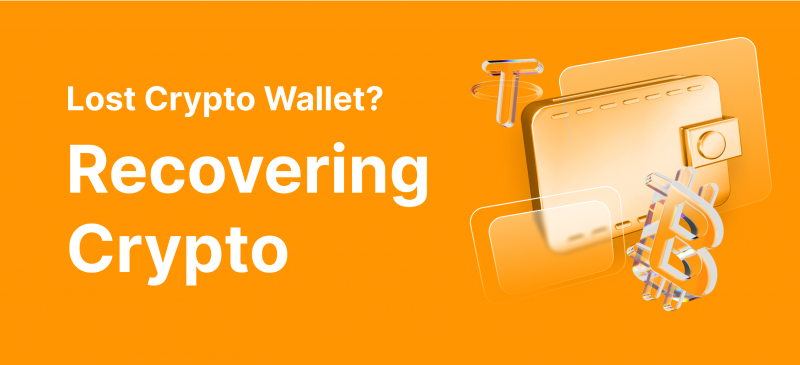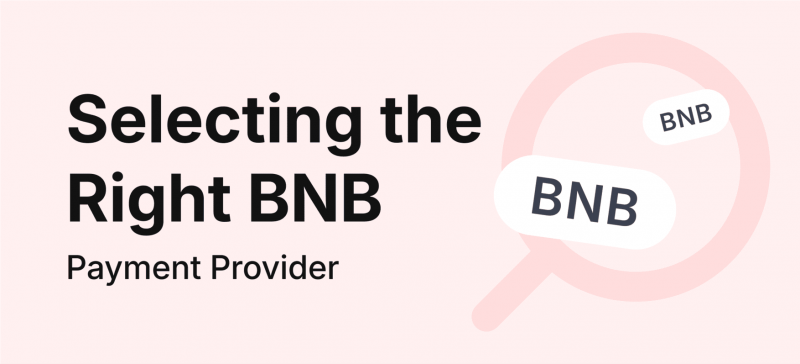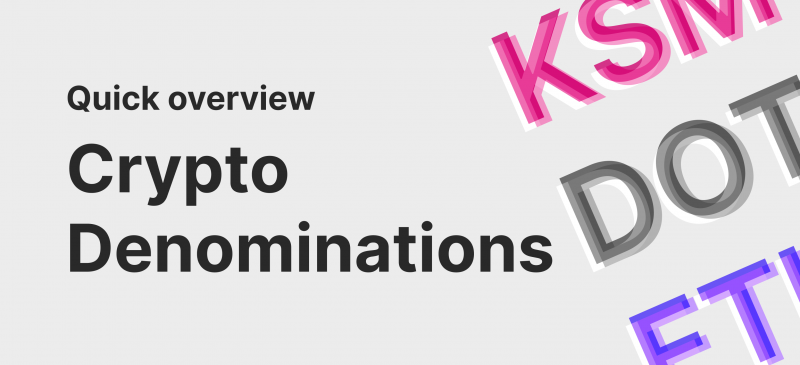Crypto users often face the dilemma of whether to entrust their private keys to third-party custodians, like centralised crypto exchanges, or manage them manually with non-custodial wallets. According to a Crystal Blockchain and Cointelegraph report, funds stolen from crypto exchange hacks in the last decade exceeded $15.6 billion, raising concerns about the security of non-custody options.
Thus, more and more users opt for non-custody crypto wallets, which give full control over the funds and risks. However, self-managing your keys comes with a heavy price – any mistake or loss of your wallet could result in the permanent loss of your crypto assets.
With no guarantee of recovery, the question arises: is it even possible to recover crypto from a lost wallet?
Key Takeaways
- In case of losing access to a wallet, it can be recovered using a recovery phrase.
- There are alternative solutions available in the crypto industry.
- If you lose your secret phrase, the success rate of recovering a wallet becomes extremely low.
Basics on Crypto Wallets
Crypto wallets function by holding cryptographic keys that are used to prove ownership of your crypto assets. These keys are used to sign transactions on the blockchain and verify ownership of assets.
Private Keys
The most crucial component of a crypto wallet is the private key. It is a long, complex, and non-human readable string of characters that serves as a digital signature for authorising transactions. This private key should always be kept secret, as anyone with access to it can control the user’s assets on the blockchain.

Seed Phrases
One crucial component of a crypto wallet is the seed phrase or recovery phrase. It is a sequence of 12 or 24 random words that serve as the master key to a crypto wallet. If a user loses their device or forgets their password, they can recover funds using this backup.

Seed phrases are generated based on a standardised algorithm called BIP-39. These phrases are designed to be easy for humans to write down and remember while being extremely difficult for others to guess or recreate.
The seed phrase should also never be disclosed to anyone, as it is equivalent to a bank PIN and can grant access to the user’s funds.
The most popular types of crypto hacks today include phishing attacks, malware, and social engineering.
How to Recover Crypto with a Recovery Phrase
If you have lost access to your wallet but have your recovery phrase, the recovery process is relatively simple:
- Open the wallet app or extension in your browser.
- Look for the option to “Recover Wallet” within the app and type the phrase there.
- Ensure that your recovery phrase is entered accurately.
- Set a new password to secure your wallet on the device.
- Confirm the password.
- Wait for the wallet to synchronise with the blockchain, which may take a few minutes.
What to Do if You Lose Your Secret Recovery Phrase?
Unfortunately, recovering your wallet becomes significantly more challenging if you have lost your recovery phrase. However, there are a few options you can explore:
- Contact the wallet provider: Some wallet providers may be able to help you recover your wallet if you can send them sufficient information, such as email addresses or phone numbers associated with the account.
- Know your wallet password: If you still remember your wallet password, you have a better chance of recovering your wallet.
- Hire a data recovery specialist for further assistance: This is a last resort option and is not guaranteed success. Data recovery specialists can potentially retrieve deleted files containing the recovery phrase if it was stored electronically.
Notably, the success rate of recovering a wallet without a phrase is low.
Why Safeguarding Recovery Phrases is Important
By protecting your recovery phrase, you are ensuring only you can access your crypto holdings. Never share your recovery data with anyone, including family, friends, or customer service agents.
Storing your seed phrase offline is highly recommended to minimise the risk of hacking. Avoid storing your Bitcoin wallet data on a computer or phone, as hackers can attack these devices. Instead, consider storing your crypto asset recovery phrase in a fireproof, safe, secure location or use hardware cold wallets which offer strong security measures.
It is also advisable to create multiple backups of your seed phrase. This way, in the event that one of your backup wallets is lost or damaged, you can still recover lost funds. Remember to store your backups in separate locations to mitigate the risk of simultaneous loss.
Alternatives for Wallet Security
While seed phrases are the standard way to recover lost Bitcoin assets, innovations in the crypto industry have introduced alternative solutions to enhance the user experience without compromising security. Let’s explore some of these alternatives:
Hardware Security Modules
Hardware security modules (HSMs) are physical devices that attach to a computer or network server and that store and protect sensitive information, such as private keys.
They are tamper-resistant and often require multi-factor authentication to access their features. HSMs are generally used in enterprises, but some companies have developed consumer-grade solutions for individual users.
Using an HSM offers enhanced security compared to software-based wallets. As the private keys are stored offline and cannot be accessed by hackers remotely, the risk of theft or loss is significantly reduced. Additionally, HSMs use specialised encryption algorithms and protocols to safeguard the stored keys, making them nearly impossible to extract.
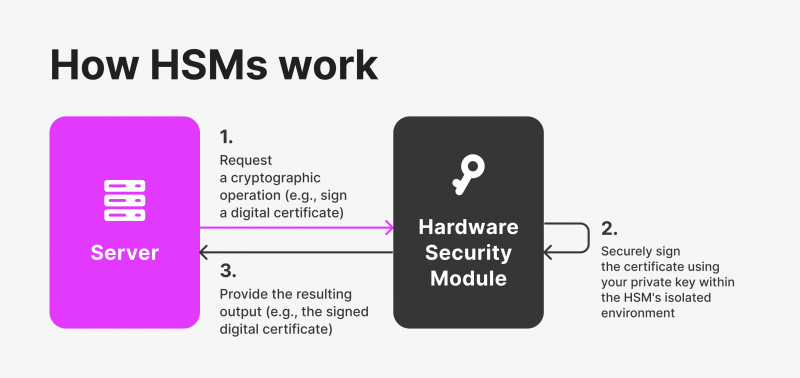
However, HSMs come with a trade-off – cost. The complexity of these devices and their features make them expensive, limiting their adoption to larger organisations and high-net-worth individuals.
Multi-sig Wallets
Multisignature (multi-sig) wallets distribute the responsibility of managing the private keys among multiple parties. These wallets require more than one signature to authorise transactions, improving security by reducing the risk of a single point of failure.
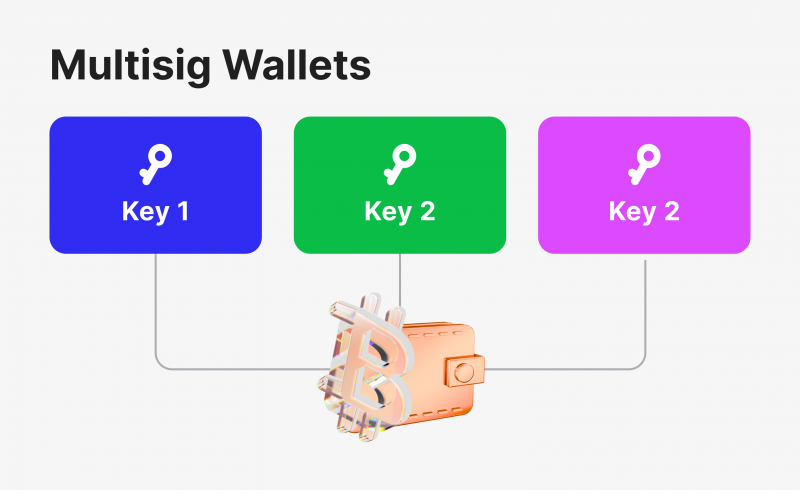
Multisig wallets are particularly useful for businesses and organisations that need to manage large amounts of cryptocurrency. Companies can distribute the responsibility of managing funds among multiple team members or board members with these wallets, reducing the risk of insider threats or human error.
However, this option is not without its drawbacks. Multisig wallets can be cumbersome for individual users who may struggle to find enough trustworthy people to participate in the transaction authorisation process. Additionally, any disagreements or conflicts among the parties involved can lead to delays or complications in executing transactions.
Biometric Authentication
With the rise of biometric technology, some crypto wallets now offer the option to use biometric authentication methods, such as fingerprint or facial recognition, to access funds. This method eliminates the need for remembering complex passwords or phrases and provides an additional layer of security.
Biometric authentication also offers convenience, as users no longer have to keep track of their recovery phrases or worry about being lost or stolen. However, this method is not foolproof and can be susceptible to hacking techniques such as deep fakes, spoofing, or stealing biometric data.
Social Recovery
Social recovery is a more user-friendly alternative to traditional crypto wallet recovery phrases. It works by allowing users to create a set of trusted contacts who can help them recover their wallets in case they forget their passwords or lose access to their devices.
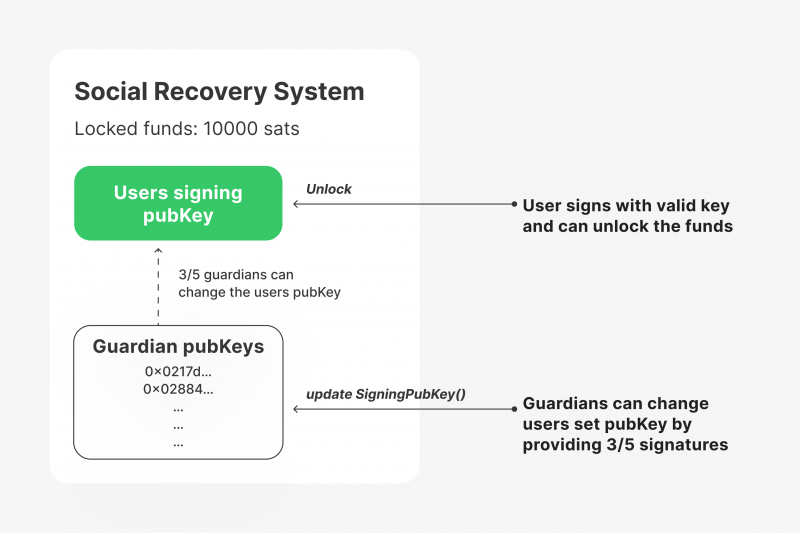
The process involves generating encrypted fragments of the recovery phrase and distributing them among the guardians. These fragments are useless on their own, but when combined, they can recreate the recovery phrase. It allows for a secure and decentralised way to recover crypto without relying on a single individual or entity.
However, social recovery systems are not foolproof. The risk of collusion among participants remains a valid concern, and a certain level of trust is still required in the selected contacts.
Closing Thoughts
Regardless of the method you select to safeguard your coins, careful and responsible treatment of your sensitive data and funds is what ultimately ensures security. Remember that prevention is always better than cure when it comes to the safety of digital assets. Keep multiple backups of your seed phrase, and never disclose confidential information to others.
